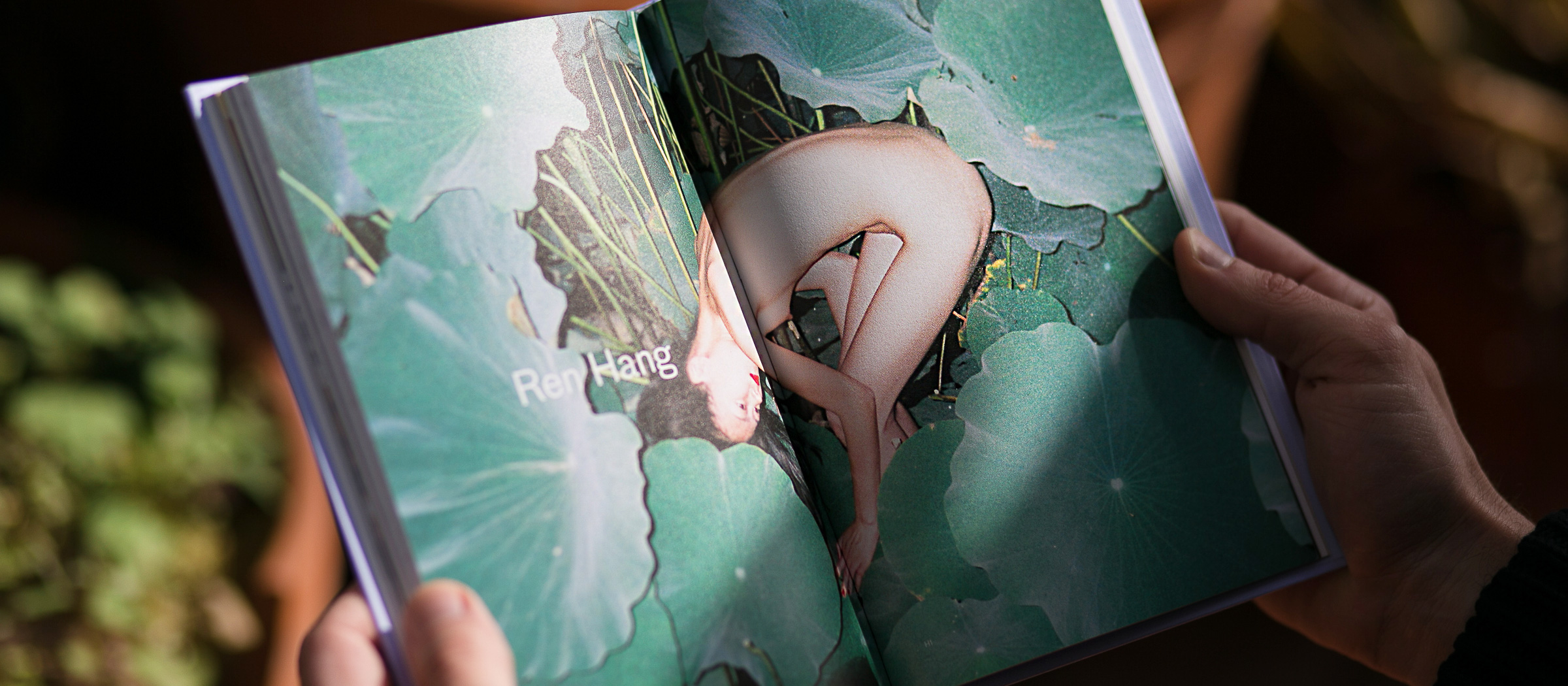Plant Profile: Monstera deliciosa

- Words by
- Georgina Reid
You know this plant. Your mum probably had one in her living room in the 1970s, or it could be growing wildly up a tree in a shady corner of your courtyard, or you may have spotted it in an artfully placed pot against a white wall on Pinterest. It’s around, and should be, ’cause it’s great (and relatively hard to kill).
Someone else who thought it was a worthy addition to any space was French artist Henri Matisse. He had a huge monstera in his studio, and his cut-out work La Gerbe (The Sheaf) from 1953 always reminds me of the plant. Want to know more about our holey green friend? Read on…


Botanical Name: Monstera deliciosa
Common Name: Fruit salad plant, cheese plant
Family: Araceae
Origin
Monstera is native to tropical rainforests from southern Mexico to Panama. It’s an epiphyte, which means it grows on other plants, and gets most of its nutrients from the air, rather than the soil. It starts its life on the forest floor and soon scrambles up anything it can attach itself to – heading up, up, up towards the light. Apparently in the wild it can grow some 20 meters tall!
Likes/Dislikes
Monsteras like shade, warmth and moisture. They’re quite happy indoors, and are rather hard to kill, in fact. Don’t bother trying to grow one outdoors if you live in a cold climate (less than 10°C in winter). They’re notoriously tough given the right environment, and can be found in many a share house and office.
Growing Indoors
Place your holey friend in a well–lit indoor spot, with plenty of room for it to spread. Water weekly, and polish leaves with a damp cloth to remove dust whenever you remember. Give the plant a holiday outdoors (in a shady, sheltered spot) if possible every month or so.
Growing Outdoors
Find the darkest spot in your garden and plant your monstera there. Make sure you have plenty of room – if it’s happy it will spread upwards and out and before you know it you’ll be living in a jungle. Water regularly for the first few months and then when you remember.
Uses
Monstera fruit is edible! Harvest it when the scales just start lifting and place in a paper bag until the scales can be easily brushed off. Get rid of them, and then eat the flesh underneath. It’s very sweet and tastes a bit like a cross between banana and pineapple.
Apparently the aerial roots of the monstera have been used for weaving and rope making and a leaf or root infusion is drunk as a treatment for arthritis.
—
Title Image: ‘Soft Jardin Exo’Chic’ Velvet fabric by Christian Lacroix. From Designers Guild





